Creating a vertical herb garden in your kitchen is a wonderful way to save space, enjoy fresh herbs, and add a touch of greenery to your cooking area.
This type of garden maximizes the use of vertical space, making it perfect for small kitchens or apartments. Imagine having fresh basil, mint, parsley, and other herbs right at your fingertips, ready to enhance your meals.

In this guide, we’ll take you through the steps to set up your vertical herb garden, from choosing the right plants to maintaining your garden for a continuous, bountiful harvest. Let’s get started!
Table of Contents
ToggleWhy Choose a Vertical Herb Garden?
A vertical herb garden is perfect for small spaces, especially if you live in an apartment or have limited outdoor space.
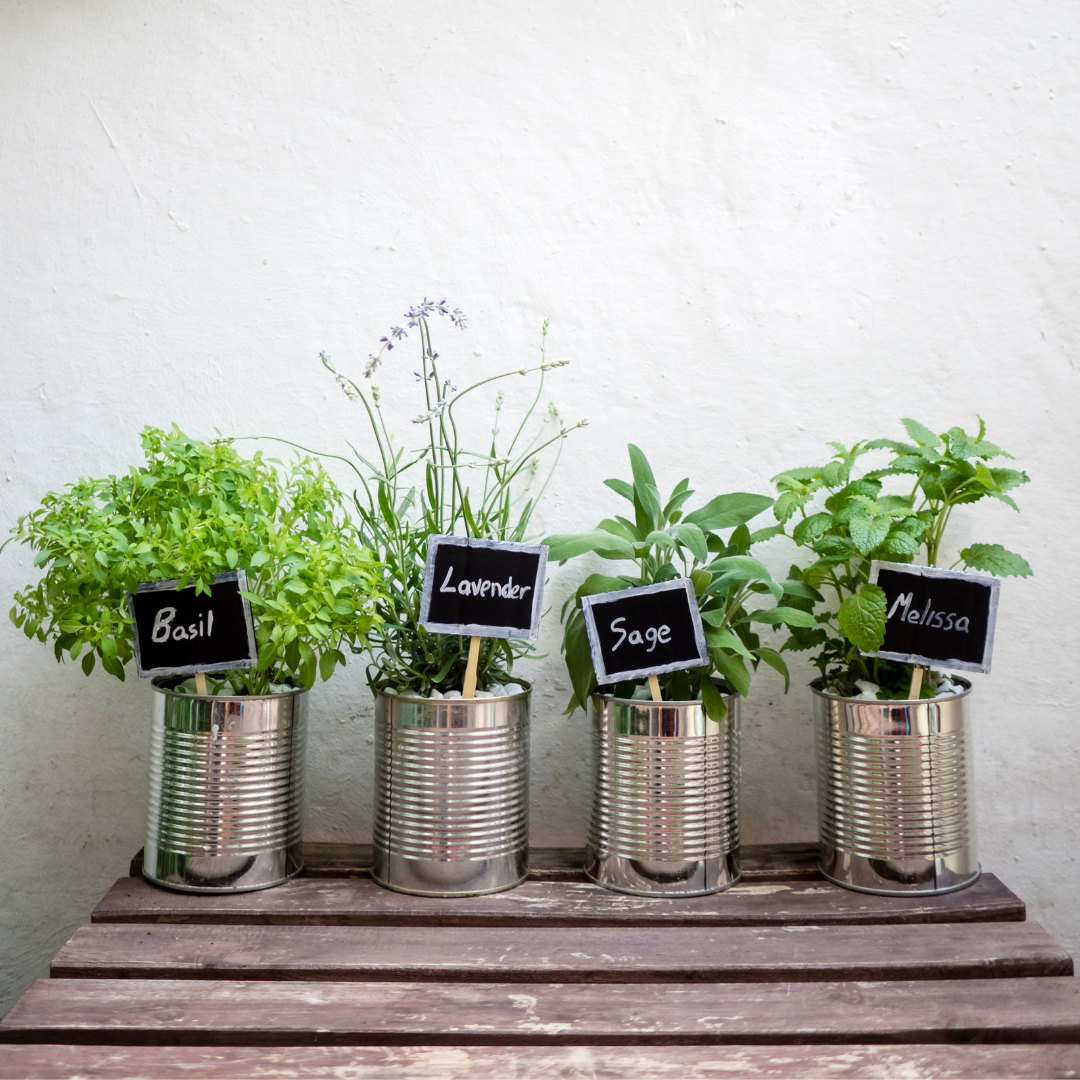
It maximizes the use of vertical space, making it an efficient way to grow a variety of herbs.
Plus, having fresh herbs at your fingertips can elevate your cooking, adding fresh flavors to your dishes.
Selecting the Right Location
Choosing the right location is crucial for the success of your vertical herb garden.
Herbs need plenty of sunlight, so look for a spot in your kitchen that receives at least six hours of direct sunlight each day. If natural light is limited, consider using grow lights to supplement.
Choosing Your Herbs
When selecting herbs for your vertical garden, consider the ones you use most often in your cooking.
Some popular choices include:
- Basil: Great for Italian dishes and salads.
- Mint: Perfect for teas and desserts.
- Parsley: A versatile herb used in many cuisines.
- Cilantro: Essential for Mexican and Asian dishes.
- Thyme: Adds flavor to soups and roasted meats.
- Rosemary: Ideal for marinades and roasted vegetables.
- Chives: Great for garnishing and adding a mild onion flavor.
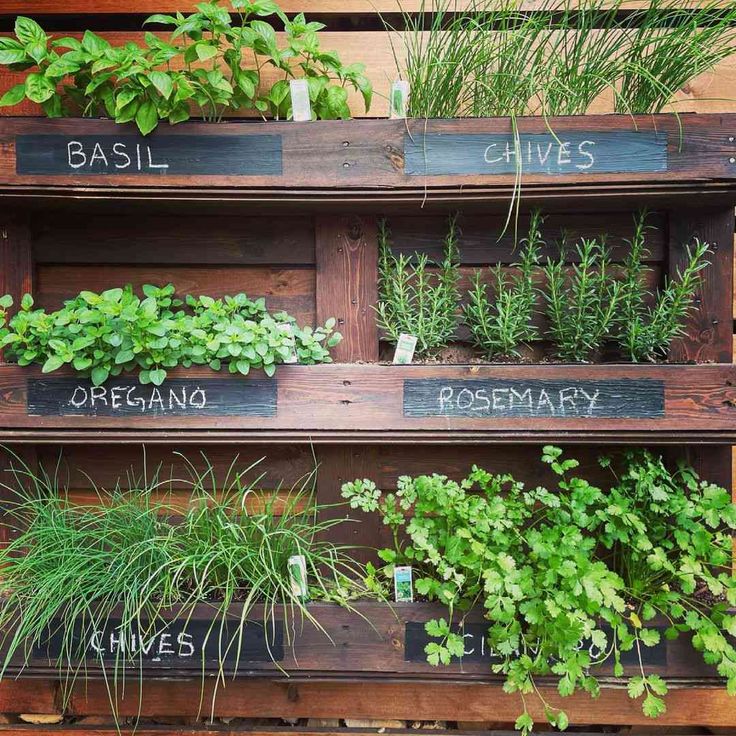
Choosing the Right Vertical Garden Structure
There are several options for vertical garden structures, each with its benefits. Some popular choices include:
- Hanging Planters: Hanging planters are a versatile option for vertical herb gardens, allowing you to suspend plants from the ceiling or a wall-mounted rack. They save counter space and create a stunning visual display. Choose sturdy planters with proper drainage to ensure your herbs thrive in their elevated position.
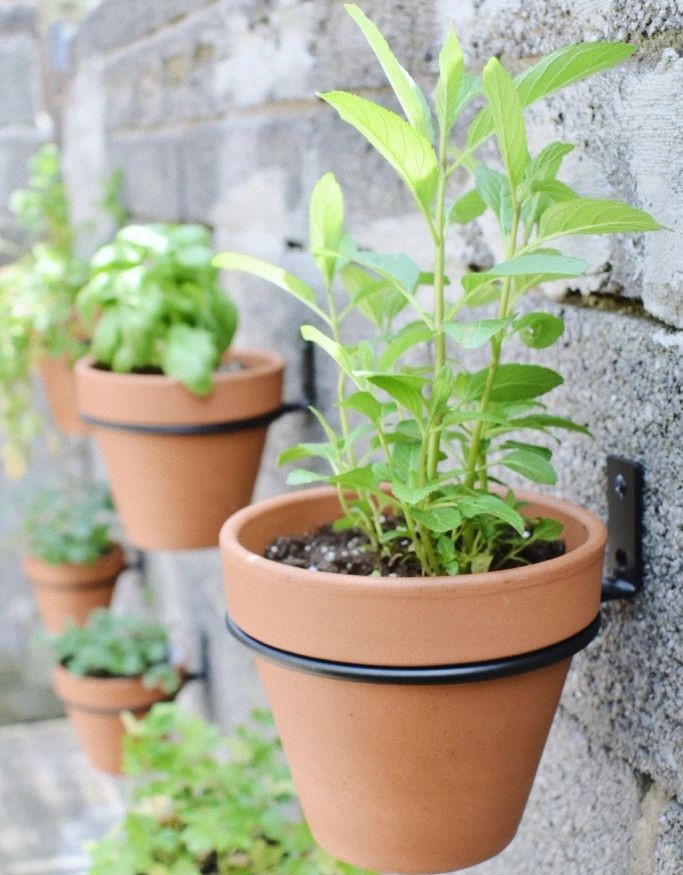
- Wall Planters: These are attached directly to the wall and come in various sizes and styles.

- Pocket Planters: Made of fabric or felt, these have pockets for each plant and can be hung on a wall.

- Stackable Planters: These modular systems allow you to stack multiple planters vertically.
Preparing Your Containers
Ensure your containers have proper drainage to prevent waterlogging, which can harm your herbs.
If your chosen planters don’t have drainage holes, consider drilling some yourself or adding a layer of pebbles at the bottom to improve drainage.

Using the Right Soil
Using high-quality soil is essential for the health of your herbs. A good potting mix designed for herbs or vegetables will provide the right balance of nutrients and drainage.
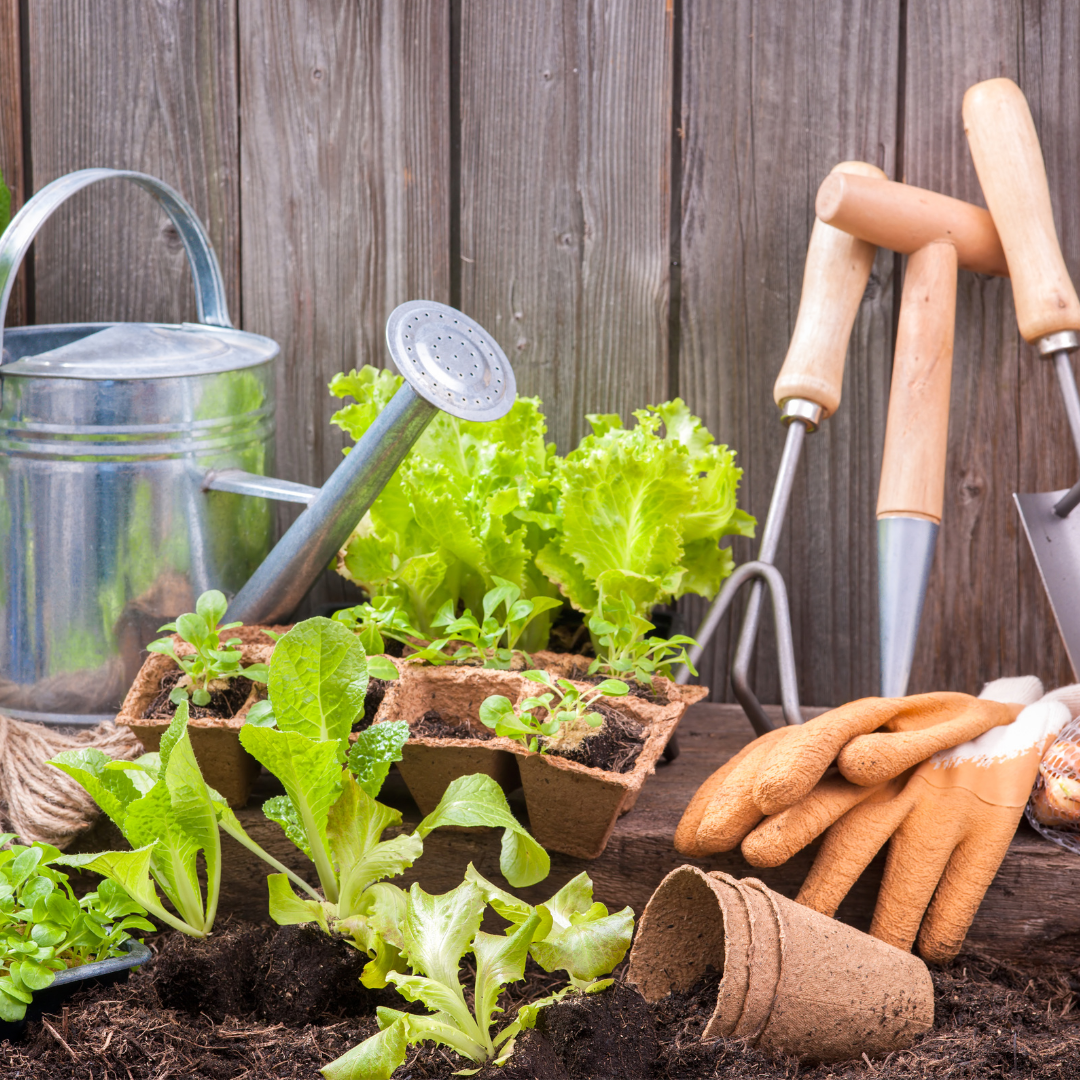
Avoid using garden soil, as it can be too heavy and may contain pests.
Planting Your Herbs
When planting your herbs, follow these steps:
- Fill the Containers: Fill each container with potting mix, leaving about an inch of space from the top.
- Plant the Herbs: Remove the herb plants from their nursery pots and gently loosen the roots. Place each plant in its container, covering the roots with soil.
- Water Thoroughly: After planting, water the herbs thoroughly to help them settle in their new home.

Watering and Feeding Your Herbs
Herbs in a vertical garden require regular watering, but be careful not to overwater. Check the soil moisture by sticking your finger into the soil about an inch deep. If it feels dry, it’s time to water. Most herbs prefer slightly moist soil but not soggy.
Feed your herbs with a balanced, water-soluble fertilizer every few weeks to ensure they get the nutrients they need. Follow the instructions on the fertilizer package for the correct dosage.
Pruning and Harvesting
Regular pruning and harvesting will keep your herbs healthy and encourage new growth. Here are some tips:
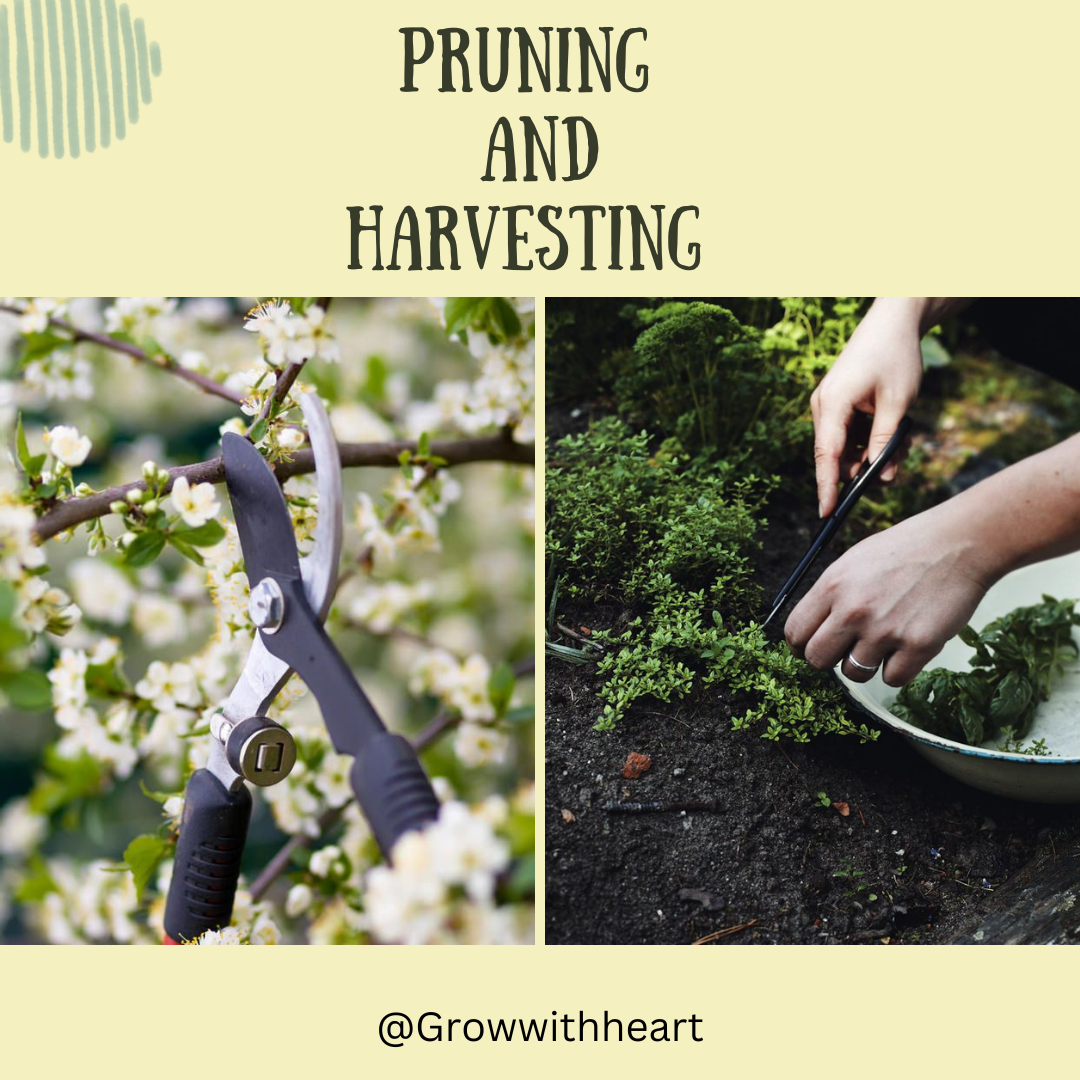
- Basil: Pinch off the tips regularly to promote bushy growth.
- Mint: Harvest by cutting the stems just above a set of leaves.
- Parsley: Cut the outer stems, leaving the inner ones to continue growing.
- Cilantro: Snip the leaves as needed, but avoid cutting more than a third of the plant at a time.
- Thyme: Trim the stems to encourage new growth.
- Rosemary: Prune lightly to maintain shape and prevent woody growth.
- Chives: Cut the leaves down to about an inch above the soil level.
Dealing with Pests
While indoor herb gardens are less prone to pests, they can still be affected. Common pests include aphids, spider mites, and whiteflies. Here’s how to deal with them:

- Inspect Regularly: Check your herbs regularly for signs of pests.
- Natural Remedies: Use natural remedies like neem oil or insecticidal soap.
- Healthy Environment: Keep your garden area clean and remove any dead leaves or debris.
Lighting Considerations
If your kitchen lacks sufficient natural light, consider investing in grow lights. LED grow lights are energy-efficient and provide the full spectrum of light needed for healthy plant growth.
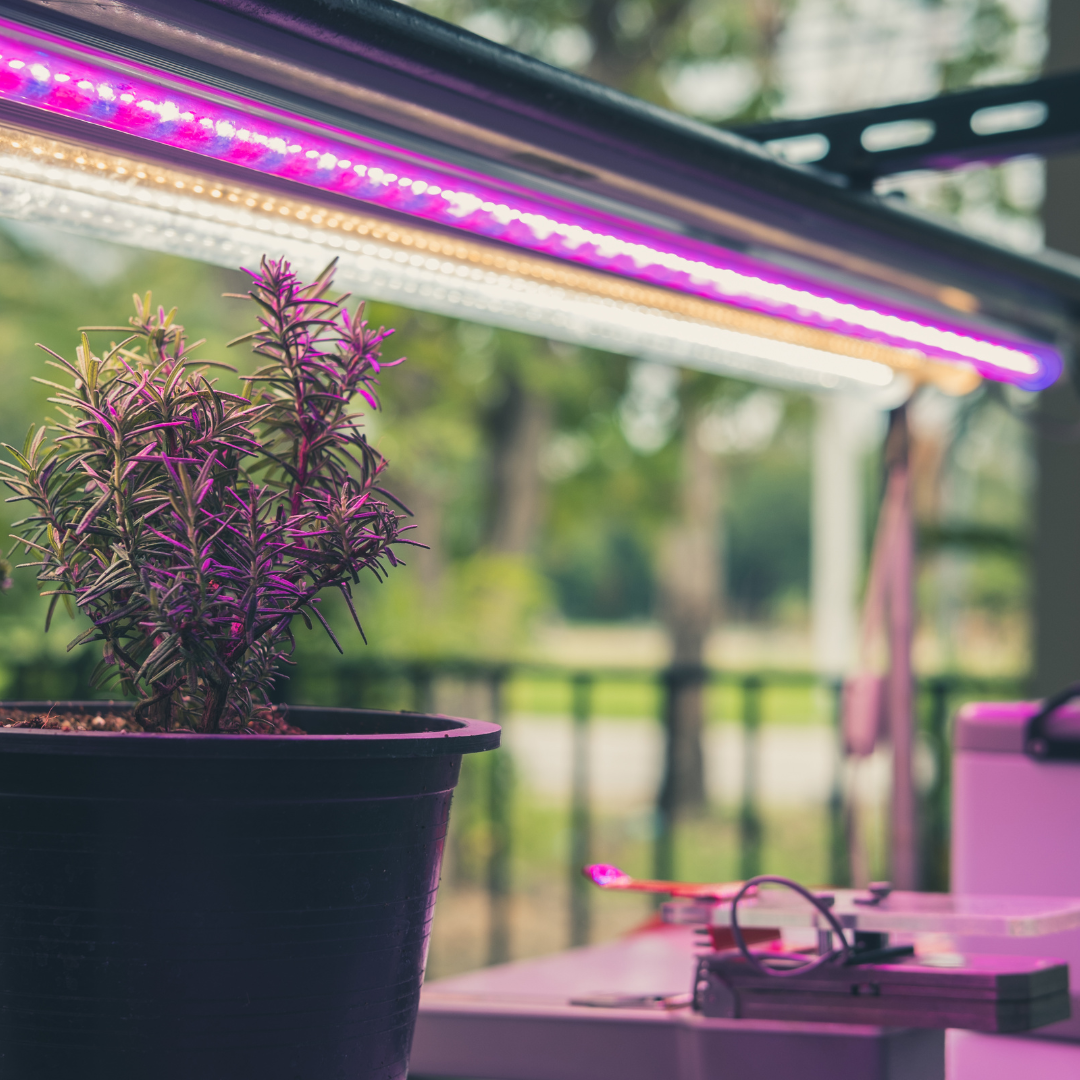 Position the lights about 6-12 inches above the plants and keep them on for 12-16 hours a day.
Position the lights about 6-12 inches above the plants and keep them on for 12-16 hours a day.
Benefits of a Vertical Herb Garden
There are numerous benefits to having a vertical herb garden in your kitchen:

- Fresh Herbs: Always have fresh, flavorful herbs on hand.
- Space-Saving: Ideal for small kitchens or apartments.
- Aesthetic Appeal: Adds greenery and life to your kitchen space.
- Health Benefits: Herbs have various health benefits, from improving digestion to providing antioxidants.
Troubleshooting Common Issues
Even with the best care, you might encounter some common issues. Here’s how to troubleshoot:
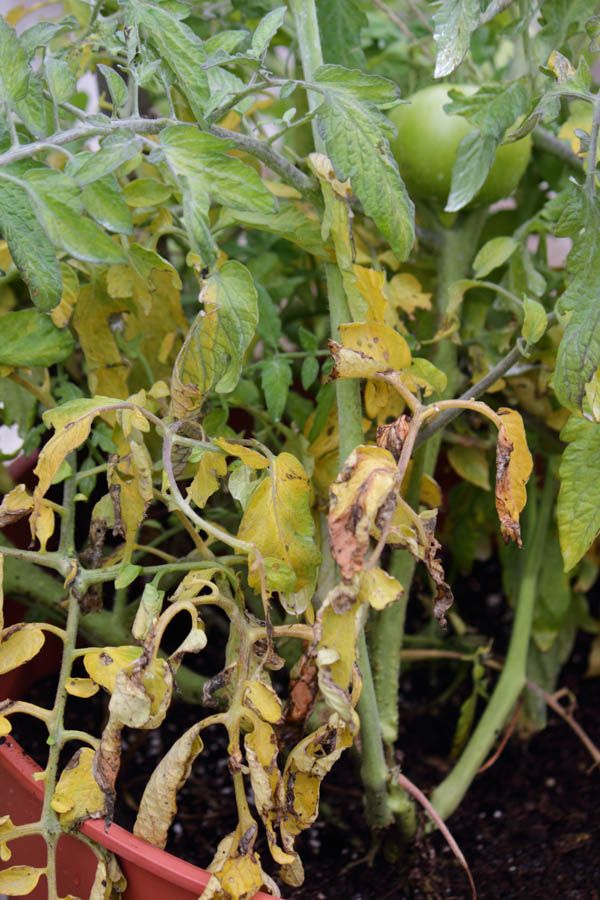
- Yellowing Leaves: Often a sign of overwatering or nutrient deficiency. Adjust your watering schedule and consider fertilizing.
- Leggy Growth: Indicates insufficient light. Move the garden to a sunnier spot or add grow lights.
- Wilting: This can be caused by underwatering or overwatering. Check the soil moisture and adjust accordingly.
Maintaining Your Vertical Herb Garden
Regular maintenance is key to a thriving herb garden. Here are some tips:

- Monitor Growth: Keep an eye on your plants’ growth and health.
- Clean Regularly: Remove any dead leaves or debris.
- Replenish Soil: Top up the soil as needed to ensure the roots have enough room to grow.
- Rotate Plants: If possible, rotate your plants to ensure even light exposure.
Seasonal Care
Herbs have different growth patterns depending on the season.
In the colder months, growth may slow down, and you may need to reduce watering. During the warmer months, herbs may grow more vigorously, requiring more frequent watering and feeding.
Conclusion
Creating a vertical herb garden in your kitchen is a rewarding and practical project.
Not only does it provide you with fresh, flavorful herbs, but it also enhances the aesthetic appeal of your kitchen.
With the right location, plants, and care, your vertical herb garden will thrive and become a valuable addition to your home.
Happy gardening!

Pingback: Time-Saving Hacks for Your Vertical Garden Maintenance!
Pingback: Growing Herbs Hydroponically: The Ultimate Step-by-Step Guide
Pingback: Vertical Gardening with Edible Plants: Grow Your Own Food!